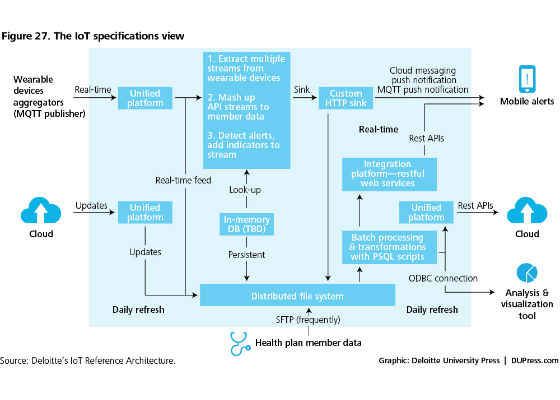Networking Choices for IoT Solutions

A common issue within the design process, and that is sometimes overlooked until you have perhaps hit a proof of concept phase is networking considerations. Many designers take networking for granted. In the IoT world there is a bit more to consider than a base Ethernet or WiFi connection.
One of the first hurdles to overcome is the location of your devices. Many think, I have WiFi, I can make it connect somehow. The reality is that many times your IoT devices will be in industrial areas, hard to reach locations, amongst equipment that could impact WiFi connections and a host of other issues just on the networking side alone.
Let’s look at a base Ethernet connection. There are issues to consider with any network connection, Ethernet included. Is it even possible to have an Ethernet connection where your IoT devices will be located? The length of run can create headaches for instance. A key issue is whether the network can accept a Gateway device, and have it be able to connect to the outside world. In some corporate networks, the ability for such a device to have access can be limited due to the necessity of the device authenticating, or even the network rejecting it because it might be seen as a router.
Some IoT devices only have a single radio for WiFi. If you plan to use your device on an existing network, it may not be possible to use wireless sensors since your WiFi may be tied up connecting to the outside world. If that is an issue, it may be possible to add a WiFi dongle to the IoT device to provide another network. Always test a potential network in the environment it will live within. Some heavy machinery could interfere with your signal, or you are trying to maintain high speed at Wireless N, but distances are long, and Wireless B may only be possible.
Connecting with a wireless cell phone network may be a possible solution. Some IoT Gateways have cell network chips for a 3G network for instance, or a USB dongle could add this into your project. Do some research if this would be an economical solution, and if possible test your design before settling on it.
Some specialty sensors have their own communications methods. As an example Z-Wave has USB sticks available to add to a Gateway. This makes it possible for various Z-Wave devices to connect on their own private network which can keep a similar WiFi network cleaner and maintain bandwidth.
To make the most of your IoT project, research heavily what you intend to connect to (equipment, sensors, etc) and how you will connect your IoT devices to either an intra or internet. Accomplishing this as a first step in your planning will ensure that once you have started to receive data that you are able to do something with it.
For more such intel IoT resources and tools from Intel, please visit the Intel® Developer Zone
Source: https://software.intel.com/en-us/blogs/2015/10/09/networking-considerations-for-your-iot-project




